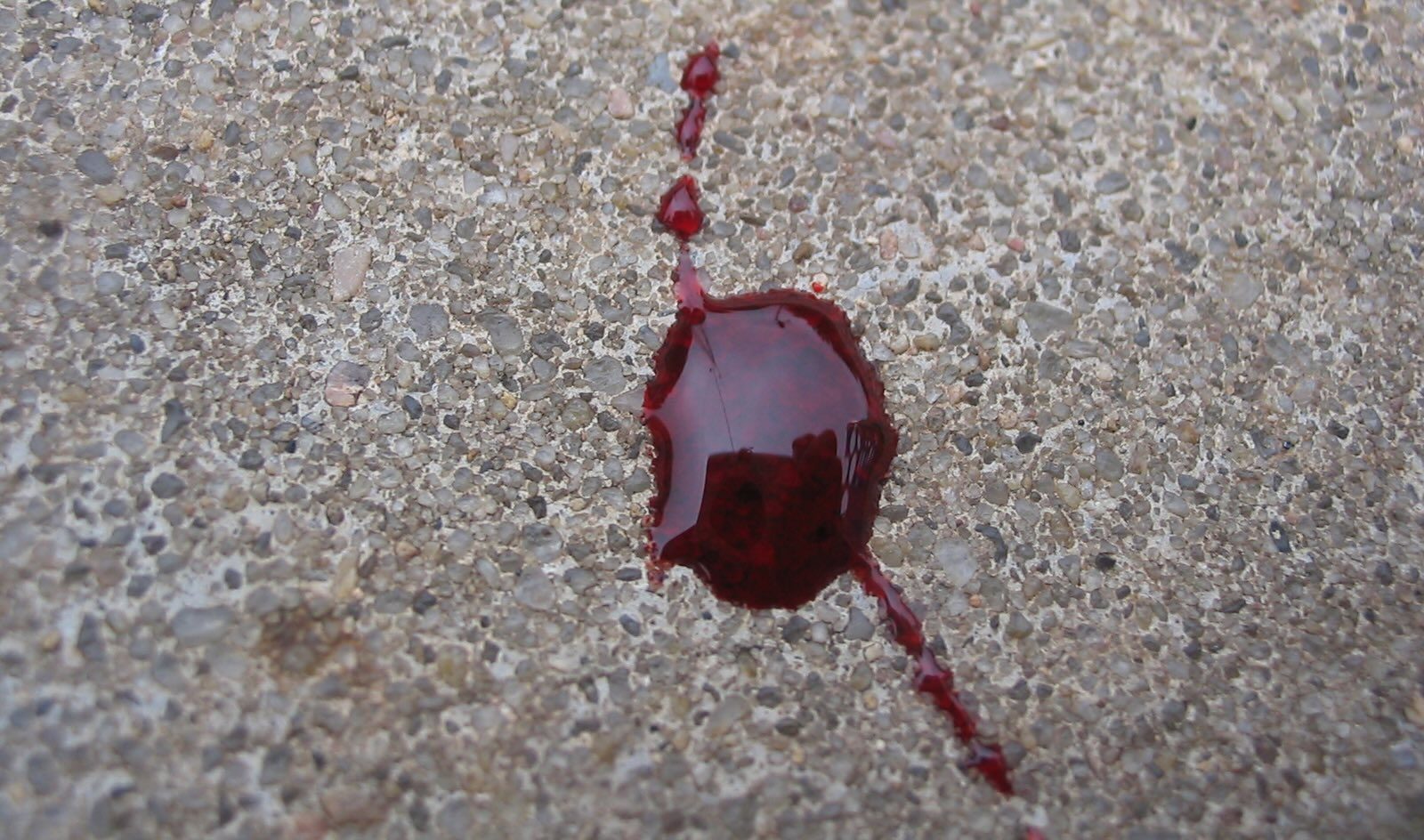From red cloths to CGI: The semi-scientific evolution of fake blood
Have you ever wondered about the ichorous, oozing, semi-congealed blood that is used in films? Have you ever thought about how it’s made, or the history of its creation? Well, with Halloween season fast approaching, it is the perfect time to think about both the history and the physical materials used to create fake blood.
Stage blood has been around for centuries, and the earliest existence of it can be seen through the famous red cloth that actors used to throw on stage to represent the blood. However, as time passed, audiences demanded a more convincing depiction of bloody scenes, leading to the creation of more advanced versions of fake blood.
The first liquid fake blood was used by the Grand Guignol Theatre in the late 19th century. The Parisian theatre was known for its horror plays and popularised the use of gruesome special effects. Even though the exact recipe of their fake blood remains unknown to this day, people believe the main ingredients were most likely crushed cochineal insects and glycerine. The resulting red pigment coagulated and dried like real blood, creating realistic scabs and wounds that left audiences both horrified and in awe.
They squirted the chocolate syrup on the actors’ bodies or dripped some of it on their clothes or the ground using the novel invention of the squeezable bottle
However, with the new and fashionable arrival of black and white television in Hollywood during the early 20th century, the formula of fake blood was altered. Hollywood movies prioritised dark-colours and the viscousness of blood, which made chocolate syrup an outstanding substitute for the crushed-insect fake blood. They squirted the chocolate syrup on the actors’ bodies or dripped some of it on their clothes or the ground using the novel invention of the squeezable bottle. Additionally, blood could not be shown overtly and excessively due to the regulations and censorships that were in force during that era, which helped the directors’ cases in creating “realistic” fake blood.
By the mid-20th century, a standard recipe was developed for the first time. Named after a street in London, ‘Kensington Gore’ was both cheap and easy to modify, which made it trendy amongst producers. The recipe consisted of a mix of clear Karo corn syrup, corn flour, water, and a bit of food colouring (ten teaspoons of red food colouring, a few drops of blue food colouring, a few drops of yellow food colouring). This formula was heavily used throughout the ’60s and ’70s, revolutionising the way filmmakers depicted blood on-screen in the process.
The reason [Dick Smith’s] amalgamation was infamous was because of its incredibly poisonous ingredient—the Kodak Photo-Flo
Shortly after the popularisation of Kensington Gore, fake blood took a more noxious turn with Dick Smith’s notorious fake blood recipe, which was used in many popular films such as The Godfather (1972), The Exorcist (1973), and Taxi Driver (1976). The reason his amalgamation was infamous was because of its incredibly poisonous ingredient—the Kodak Photo-Flo. The recipe consisted of one teaspoon of zinc oxide, one teaspoon of yellow food colouring, one ounce of red food colouring, one ounce of water, one ounce of Kodak Photo-Flo, and 32 ounces of white corn syrup. Despite its lethal nature, its realistic appearance made it the most prominently used fake blood recipe for many years.
With the rise of CGI, the use of physical fake blood has declined exponentially. Digital effects have allowed filmmakers to reinvent gore without staining a single costume. The transformation of fake blood is extensive and though the ingredients have often changed throughout the years, its purpose of alluring the audience never did. The search for the most realistic alternative for fake blood will most probably never cease, and we, as the audience, will continue to seek it out, drawn to the illusion of violence as both entertainment and reflection of our own curiosities.

Comments